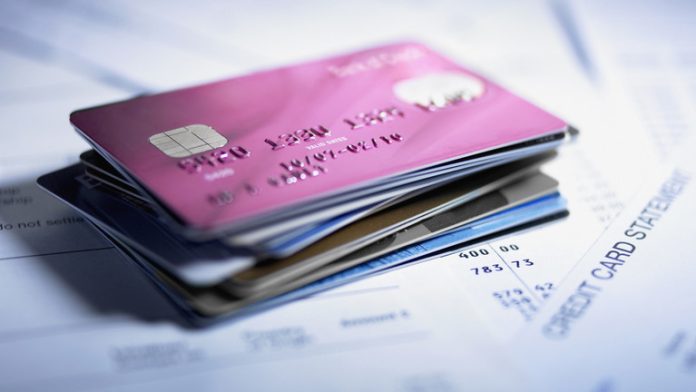|
Lazy eyes listen
|
NewsRescue
The United States’ credit card debt will be close to a trillion dollars in the fourth quarter of 2022, according to the New York Federal Reserve Bank’s quarterly report on household debt, which was released on Thursday.
According to the data, Americans’ credit card balances increased by $61 billion in the final three months of the year to $986 billion, a record high in the entire history of its observation since 1999.
Total household debt has surpassed $16.9 trillion. Authorities attribute the increase to persistently high consumer prices, strong consumer spending, and multiple key interest-rate hikes, which have pushed credit card interest rates to nearly 20%.
Bank customers were also observed delaying loan payments more frequently, which New York Fed researchers described as “worrying.”
The current credit card balance figure represents a significant shift from two years ago, when US consumers were paying off debts with stimulus money received during Covid-19 lockdowns and reducing overall expenses, such as vacations, due to the pandemic. This resulted in a decrease in credit card balances, which fell to $770 billion in early 2021 from $890 billion the previous year.
Overall, credit card debt in the United States increased by $130 billion last year, the highest annual increase on record. Analysts predict that the Federal Reserve will raise interest rates several more times this year, raising credit card borrowing costs.
“Credit card borrowers are in triple trouble. “Balances are rising, interest rates are rising, and more people are carrying credit card debt,” Ted Rossman of the Bankrate analytics firm told Bloomberg, noting that the number of credit card holders carrying debt increased to 46% last year from 39% the year before.
US consumers set the previous credit card debt record of $927 billion in the fourth quarter of 2019.





